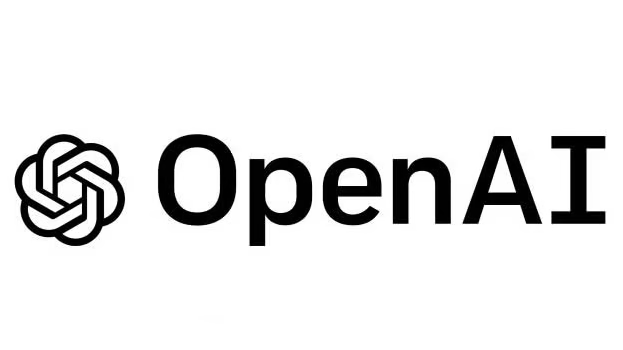Recent breakthroughs in quantum computing research, particularly in qubit stability and error correction, are intensifying discussions within the global technology community about the future security of digital information. While fault-tolerant quantum computers capable of breaking current encryption standards are still believed to be years, perhaps decades, away, the steady progress reported by research labs and tech giants alike underscores the urgency of developing and deploying quantum-resistant cryptographic methods. Current cybersecurity largely relies on mathematical problems considered intractable for classical computers, such as factoring large numbers (RSA) or solving the discrete logarithm problem (Elliptic Curve Cryptography – ECC). These form the bedrock of secure communication, data protection, and digital signatures across the internet, banking, government, and military sectors.
A sufficiently powerful quantum computer, however, could theoretically solve these problems exponentially faster using algorithms like Shor’s algorithm. This potential capability represents a fundamental threat, often referred to as ‘Q-Day’ or the quantum apocalypse, where vast amounts of currently secure data could become vulnerable retrospectively if captured today and decrypted later. The implications are staggering, ranging from compromised financial systems and intellectual property theft to neutralized national security communications.
In response, significant efforts are underway globally to standardize and implement Post-Quantum Cryptography (PQC). Organizations like the U.S. National Institute of Standards and Technology (NIST) have been leading a multi-year process to select and standardize PQC algorithms designed to withstand attacks from both classical and quantum computers. Several candidates, based on different mathematical approaches like lattice-based, code-based, hash-based, and multivariate cryptography, have progressed through rigorous evaluation rounds. The transition to PQC is a monumental challenge, requiring updates across hardware, software, and protocols worldwide. It involves replacing deeply embedded cryptographic libraries, updating firmware, and ensuring interoperability across complex systems. Industries dealing with long-term data security, such as healthcare, finance, and critical infrastructure, face particular pressure to begin planning and migration strategies now. Furthermore, the development of quantum technologies isn’t solely a threat; Quantum Key Distribution (QKD) offers a potentially physics-based secure communication method, although it faces its own challenges regarding infrastructure and distance limitations. The interplay between quantum computing threats and quantum security solutions creates a complex, evolving landscape that demands continuous monitoring, investment, and international collaboration.
Source: Wired

